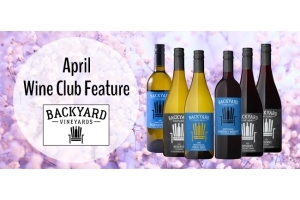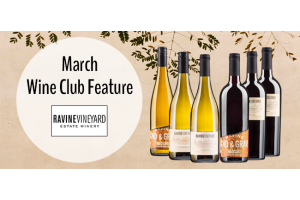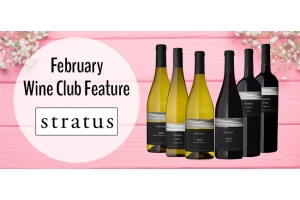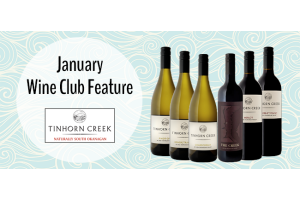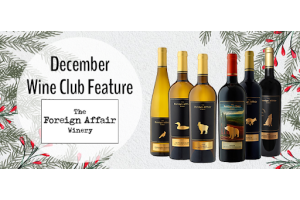Wine 101: Bottle Formats
Walking into most wine shops, the pickings are slim for wine that doesn't come in a 750 mL bottle. In the days of a less global market, the sizes and shapes of regionally specific wine bottles were more obvious. We still see the high-shouldered Bordeaux bottles, the gentler sloped Burgundian bottles, and the thinner and taller Mosel bottles. In many cases, the shape is a clue from the winemaker or producer as to the style of wine we can expect. Some of the less common shapes and volumes still exist—the Clavelin, for example, is a squat 620 mL bottle from the Jura region used for Vin Jaune.
Besides the standard 750 mL bottle, the next most common sizes are half-bottles (375 mL) and magnums (1.5 L). Half-bottles let you get versatile with your pairings. Maybe you want to start with a glass of white or bubble before launching into another bottle, or maybe you're dining alone and it's the perfect amount to have with dinner. One downside to the half-bottle is that because it uses a standard size neck and cork, the oxygen-to-wine ratio is higher and the wine will develop and eventually oxidize faster.
On the flip side, the allure of a large format bottle (besides looking cool sitting on your table at a restaurant) is that the wine ages slower than the standard format. Some believe that with this stretched aging process, similar to a slow-cooked piece of meat, the characters develop with more complexity. Despite what you may think, it's rarely a better deal to buy bigger bottles. The price per litre tends to go up slightly the larger the bottle—there is more labour involved (they are usually bottled by hand), the bottles cost more, and shipping is often more expensive.
So, how are large format bottles named? Mostly after biblical kings, of course. The names differ slightly based on the region, but some sizes include: magnum (1.5 L), Jéroboam or double magnum (3 L), Rehoboam (4.5 L), Methuselah (6 L), Salmanazar (9 L), Balthazar (12 L), Nebuchadnezzar (15 L), Melchizedek or Midas (30 L).
While a Nebuchadnezzar may not be easy to find on My Wine Canada, there are definitely half-bottles available. The Tawse 2011 Quarry Road and the Fort Berens 2013 Late Harvest Riesling are two delicious examples.
Jake Skakun is a writer and sommelier from Vancouver, currently living in Toronto. He can be found most days pulling corks and twisting caps at the Black Hoof. He Tweets and Instagrams @jakeskakun.



